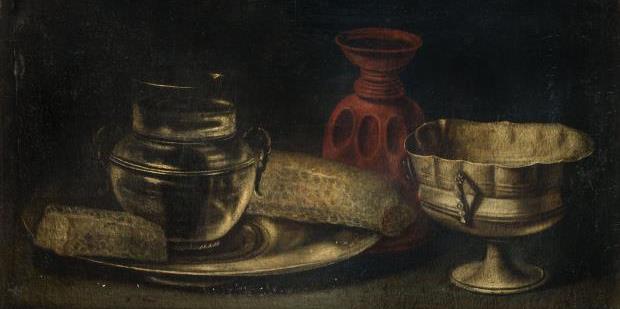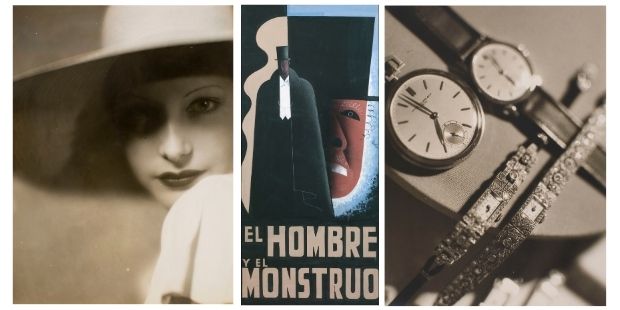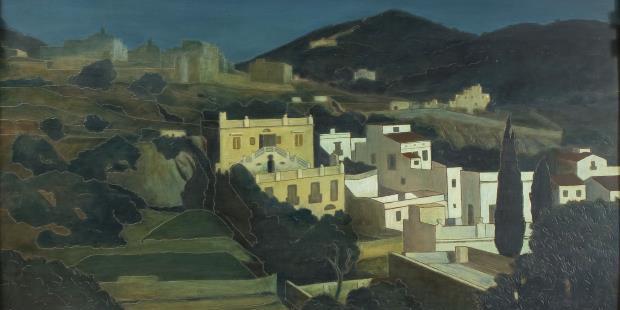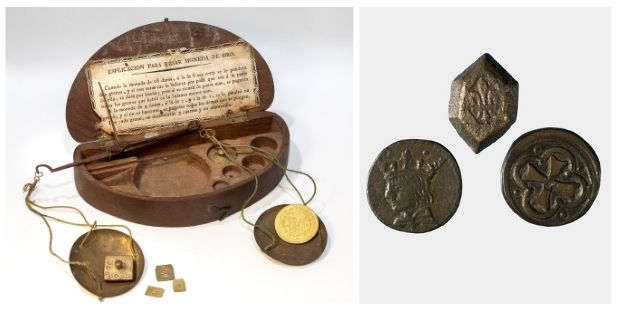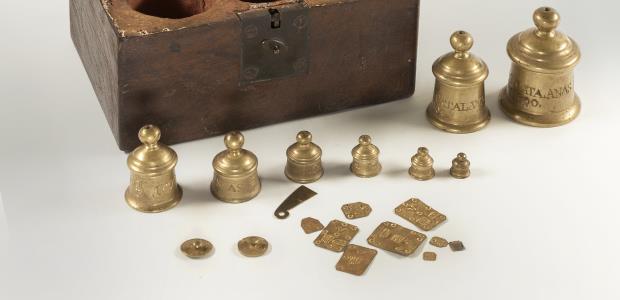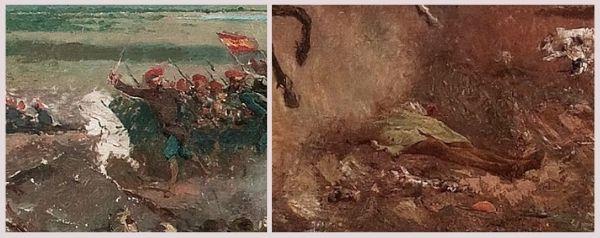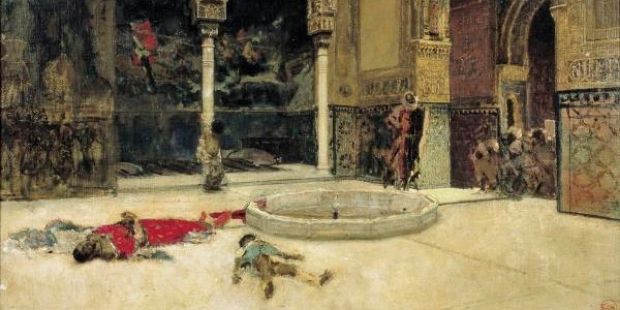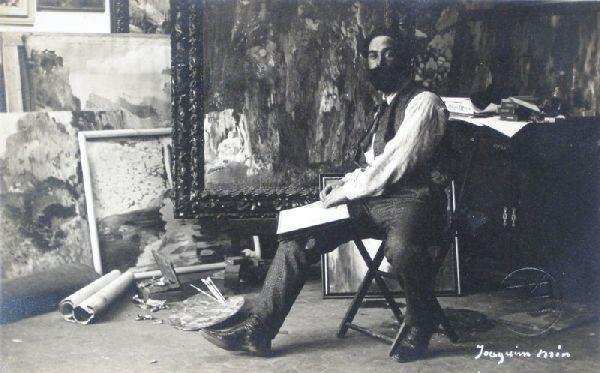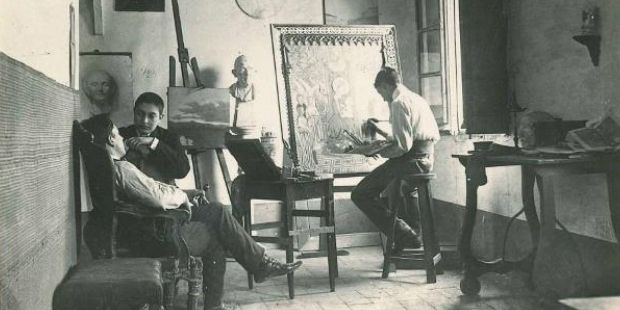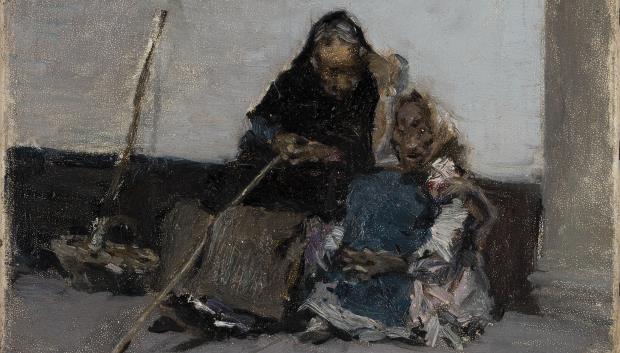
Francesc Quílez On the verge of commemorating, next year, the hundredth anniversary of the acquisition of a workas emblematic as The Spanish Wedding, purchased through popular subscription, the Museu Nacional d’Art de Catalunya has recently enriched its collection of works by Marià Fortuny with a new acquisition that corroborates the close relationship that, throughout its…
Read more
